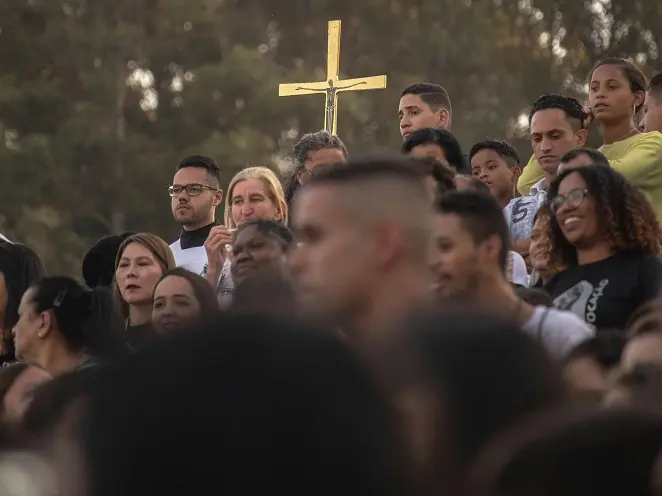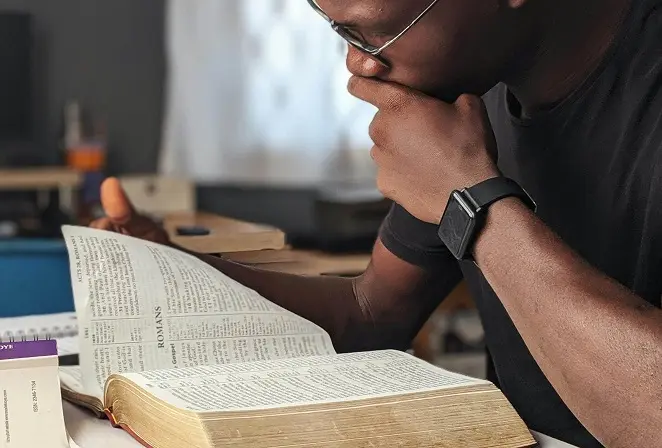Religious revivals have long been a powerful force in shaping faith, society, and culture. Among the key drivers of these spiritual movements, young people have consistently played a crucial role. From the First Great Awakening to modern youth-focused events, youth have brought energy, innovation, and passion to revivals throughout history.
What is a Religious Revival?
A religious revival is a period of renewed interest in spiritual practices and faith. These revivals often include:
-
Large gatherings or meetings
-
Powerful preaching and sermons
-
Extended periods of prayer and worship
-
Conversions or spiritual recommitments
Historically, revivals have not only rejuvenated individual faith but also influenced communities and social structures.
The Role of Youth in Early Revivals First Great Awakening (1730s–1740s)
During the First Great Awakening, young people were deeply inspired by passionate preachers like Jonathan Edwards. Teenagers actively participated in prayer meetings and shared their newfound faith with friends and neighbors. Their involvement helped revivals spread rapidly across communities in America and Europe.
Second Great Awakening (1790s–1840s)
The Second Great Awakening saw massive camp meetings, drawing thousands of attendees—many of them young people. Youth played a pivotal role in evangelism, missionary work, and forming new religious societies, ensuring that the revival reached even the most remote areas.
Youth in Holiness and Pentecostal Movements
In the late 19th and early 20th centuries, Holiness and Pentecostal revivals emerged, emphasizing ecstatic worship, speaking in tongues, and spiritual healing. Young people were at the forefront of these movements, embracing new forms of worship and spreading Pentecostalism to rural and urban areas alike.
Modern Youth Revivals
Today, youth continue to be the heartbeat of revivals. Modern events such as Hillsong Youth gatherings, Passion Conferences, and online revival movements leverage music, social media, and interactive worship to engage young audiences. Teenagers and young adults lead initiatives, organize events, and make spiritual practices more accessible than ever.
Why Youth Participation Matters
Young people bring:
-
Energy and enthusiasm: Their passion inspires older generations.
-
Innovation: They adopt new technologies and creative methods to spread faith.
-
Longevity: Engaging youth ensures that revivals have a lasting impact.
Historically and today, youth have helped revivals grow faster, reach more people, and influence culture in meaningful ways.
A Lasting Legacy of Spiritual Renewal
From the First Great Awakening to modern youth-focused movements, young people have consistently shaped religious revivals. Their energy, creativity, and dedication make them the driving force behind spiritual renewal. Understanding the role of youth in revivals is essential for anyone studying the history of faith or planning modern spiritual initiatives.



